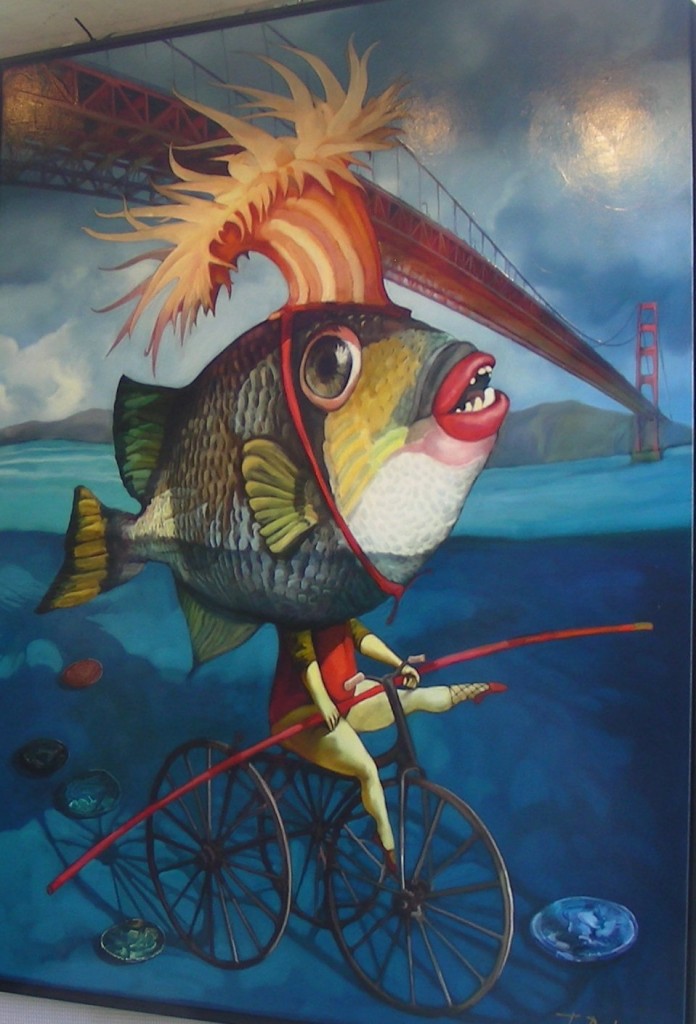The Science of Social Media Marketing:
 WHY THINGS GO VIRAL
WHY THINGS GO VIRAL
To find out, you can read student Synang Chhan’s Tips on Going Viral, but you may also want to know the scientific, i.e. observed and verifiable reasons behind the huge audiences for some Internet content — besides the fact that they are just plain funny.
Social media scientist, Dan Zarrella, conducted a webinar highlighting his research results into peoples’ behavior on the Internet. Here is what we learned to help us with our marketing strategies:
1. MYTH: Ideas spread because they are good. In reality, plenty of good ideas go nowhere, while some bad ones spread like wild fire.
2. MEME: The term is used to describe ideas that spread from person to person. Our world is made of memes — contagious units of our culture. MEMETICS is the study of cultural transfer.
3. EVOLUTION: Who or what survives? Those who compete best. What is evolution? Variation + competition = Evolution.
4. ITERATION: Try lots of campaigns and stick with what works.
5. IDEAS: These must adapt to pressures of society and be easily remembered. Ideas will be successful based on two factors: Longevity and Fecundity [# of offspring]. When you construct a campaign, you need to decide whether you are going for Long Term or for Quick Spread.
6. SOCIAL EXCHANGE: Every human action is an exchange of value.
“The more valuable an activity shared between members, the more frequently members will interact.”
7. SOCIAL PROOF: We learn by copying others. We value things that others value: because we think they know what they are doing.
8. INFORMATION VOIDS: Don’t let “voids” develop around your brand — that’s where rumors develop. Just think about Tiger Woods.
9. VIRAL: Self-replicating. Give people a reason to replicate. For example, the only way by saving a victim is by spreading a message.
10. REMIXING IDEAS: Your brand should be a box of crayons, not a rubber stamp, so that people can input suggestions — for something totally new that could go viral. Make New structure for Old content, e.g., modern Romeo & Juliet film. Make New content from and Old Structure, e.g. using an old ad design for a different product.
11. FUNNEL OF MARKETING: Exposure at top, then Awareness, and at the base is Motivation. Here is one of Dan’s articles: science of social media marketing
12. SEEDING: To gain exposure, you must reach a lot of people. Big Seeds = giving information to influential people. If you “seed” to influencers, your growth is exponential. Basic PR/Marketing strategy: Find and target Influencers.
13. COMBINED RELEVANCE: Why do people share? One reason is because friends find things [e.g. links] that are appropriate in more ways than one. For example, if your friend’s hobby is photography and she likes yoga, then you would definitely want to send photos of yoga poses you found online.
Why do YOU do do what you do online? For example, why do you retweet? The answer is scientific and the next post will show you how.

Wow!!!
1) http://www.openforum.com/idea-hub/topics/marketing/article/5-ways-to-grow-your-local-business-with-social-media-john-jantsch
2) http://www.openforum.com/idea-hub/topics/marketing/article/5-ways-to-grow-your-local-business-with-social-media-john-jantsch
I know I should not use slang but those links are off the hinges. See (11.) the initial link to find the above mentioned links. Just 10 pieces of information and it was time well spent. I am currently at work and should be wrangling with customers and vendors resolving shipping errors, getting delivery notifications, scanning, emailing and faxing receipts and a whole host of other actionable items.
The information given was in a word “SPECTACULAR”!
John Jantsch basically draws you a picture of how to succeed in SM. This advice is definitely worth following.
Lawrence, you sound HOOKED!
I hope the study of social media info brings you the same kind of fun and knowledge that I have found.
I like numbers 6, 7, 9, and 11 particularly of “Why Things Go Viral.”
Why?
🙂